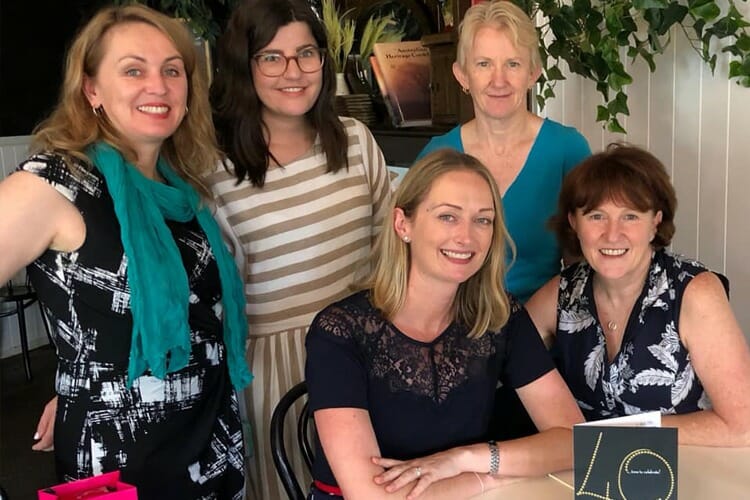As anyone who has ever managed staff will tell you – leading people can be the best and worst part of the job. But nothing will help you grow more than managing people and nothing will help you do it better than keeping an open mind and heart.
So as Kendi and Al reach their 10-year milestone as employees of HC (in fact many more years when you count the part time contracting that preceded) I’m sharing my top 10 lessons on the magic of managing people.
- Accountability stops here. It was a lesson I learnt early on and has stuck with me my entire career. The buck ultimately stops with the leader. Yes, individuals need to be accountable and deliver on their role – but if they fail – somewhere back down the line there was a glitch in setting them up for success. A failed process, poor system, lack of training, fear and the list goes on. When a challenge or issue arises, I always examine my role as leader first and it creates a safe place to discuss, resolve and grow.
- There’s opportunity in flexibility. I’ve been offering a flexible workplace since day dot. Perhaps because I created the business wanting flexibility for myself. It’s not always easy working flexibility into a busy deadline driven business with client demands but I’ve found if you can make it work, it reaps rewards.
- Tap into superpowers. Yes, we all have them. And when someone is working to their best and ultimate superpower (it might be creativity, problem solving, being a great organiser) an employee feels happy and fulfilled and it builds success. These superpowers might seem outside the remit of their role at times – but when you can find an outlet for it – and let’s be honest, we all need more superpowers at work in our businesses – it is great.
- Recruit for attitude not skill. I’ve learnt that when I focus on skills and experience that I think look good on paper and don’t focus on their attitude and demonstrated ability to work in a team, we usually stumble. Skills can be learnt – a good attitude and energy is something that you have or don’t.
- Set your rhythm and rituals. Weeks get busy – time marches on. Something that’s worked well for us is setting up a regular rhythm of how we work together. We have Monday huddles and mid-week WIPs. And we always have a team lunch every week. Creating these signposts in the week where can come together and learn, brainstorm and track our progress, are key.
- Have fun. Yep. We spend a lot of time together. More time than we might spend with family it feels sometimes. So, we need those circuit breakers. A few laughs – at ourselves mostly, hosting a live Melbourne Cup race with guinea pig pets, having a GIF-off in the Microsoft Teams chat, doing pottery or life drawing classes together, family picnics – it’s important to keep asking … when did we last laugh?
- Head up or head down. Processes and work routines get pretty ingrained. This level of consistency is important for business; it’s what holds us accountable and keeps things running smoothly and helps us know what to expect of each other. But sometimes we can become too formulaic. When we work in a creative business like this and in an environment with lots of change in technology, it’s important to not just be head down – but keep your head up. Ramble, get outside your comfort zone and the regular ways of working. Give your employees the chance to be alert for opportunity. Expect it of them.
- Celebrate. Just as we are doing now, celebrating a service milestone for Al and Kendi, it’s important to celebrate. A scroll through the HC Instagram will show you we love nothing more than an excuse to celebrate. Birthdays, baby showers, National Ag Day, awards. Make celebration a priority.
- Let your passion show. Passion is infectious. If as a leader your people can’t see your passion then how can you expect them to follow you into the trenches? How do you expect them to know that what they are doing is worth doing? You can inspire your staff into new ways of working and overcoming challenges more easily, if the passion is clear.
- Be vulnerable. Old visions of leadership about power are over, I don’t subscribe to that at all. We have a pretty flat structure in our business and while we have roles, we try to create a balance of equals. Vulnerability in leadership enables you to gain the trust of and be more effective with your people. This looks like – admitting you don’t have all the answers, apologising when you need to and asking for help. If you are looking for a good read on the strength of vulnerable leadership, you can’t go past Brene Brown’s book Dare to Lead. One of my all-time favs.
Sue Hardman

